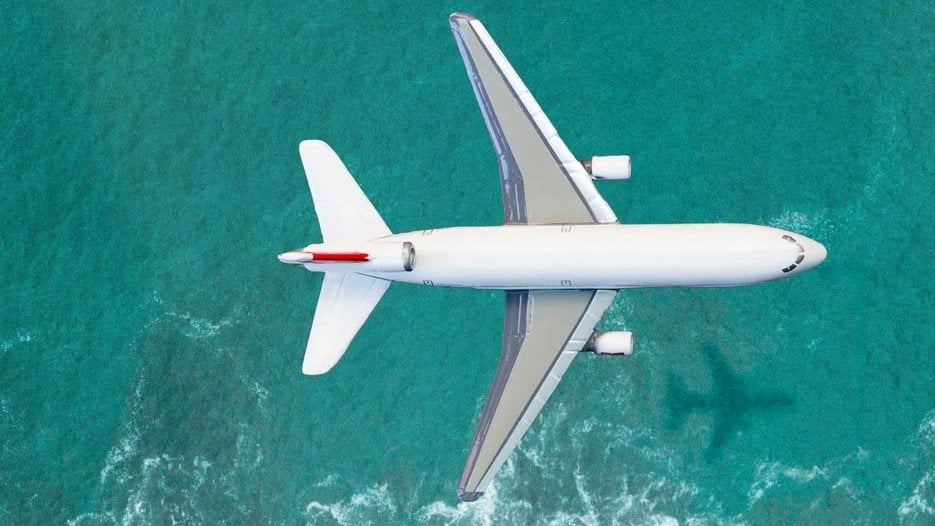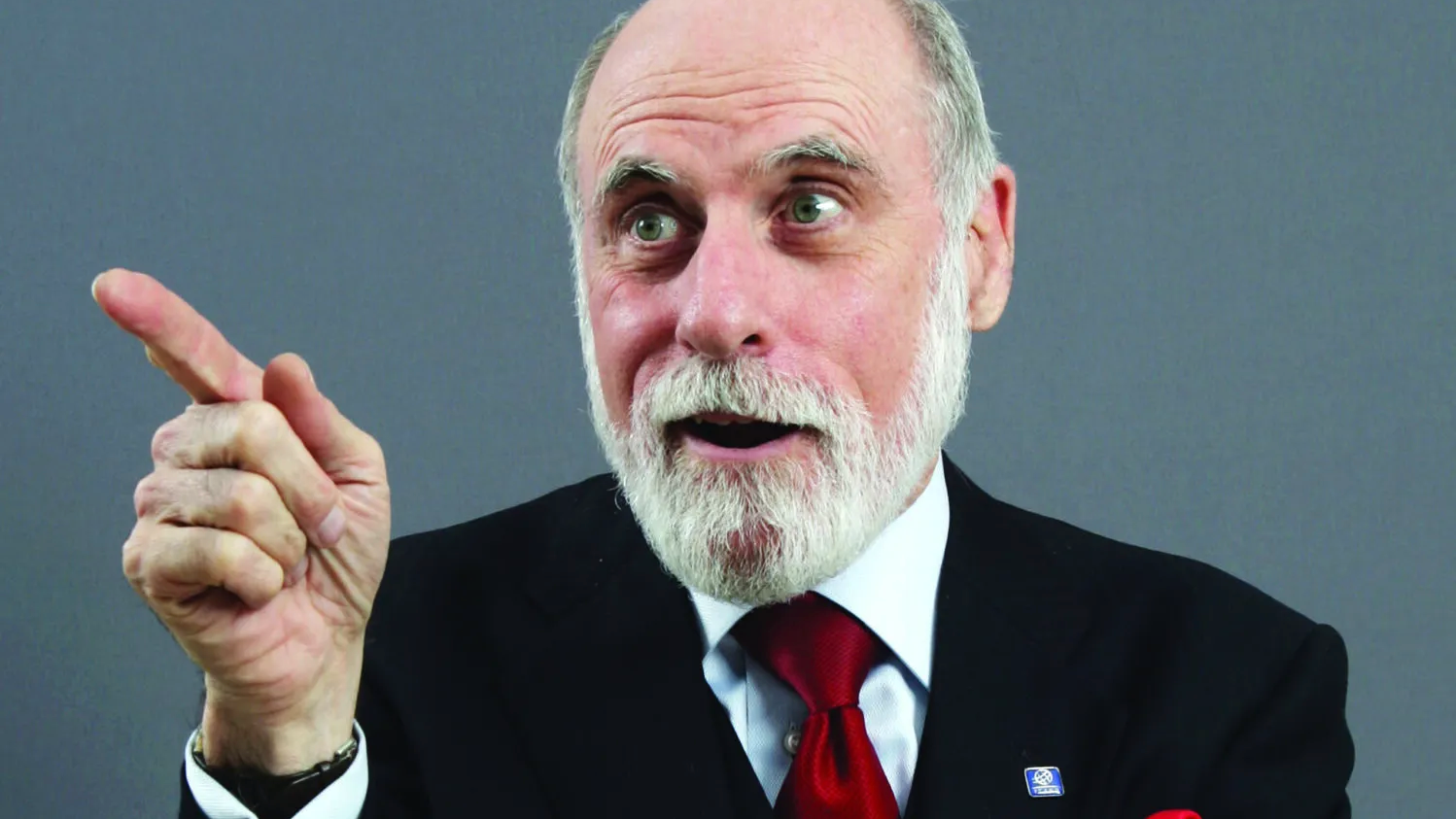One of the Inflation Reduction Act’s key provisions is a powerful tax credit to spark the development and adoption of clean, low-carbon aviation fuels. Climate pollution from aircraft is often overlooked, but if aviation were a country, it would be among the top 10 greenhouse gas emitters.
The Biden administration is about to make a crucial decision on which fuels should be eligible for the tax credits. Getting this right is critical to whether this government subsidy will be money well spent.
Sustainable aviation fuel can come from agricultural crops, waste, or electrochemical processes that form e-fuels, a combination of carbon dioxide captured from industry or directly from the air and hydrogen extracted from water. The degree to which any of these alternatives is better for the climate than fossil fuels has everything to do with how the raw materials are sourced and converted into SAF. There are many instances where the alternatives — whether derived from animal fat, cooking oil or hydrogen — aren’t better than the conventional oil-based fuel they’re intended to replace. So we must ensure that any alternative fuel meets rigorous environmental standards to protect our ecosystems and communities.

The bottom line? Not all SAF is created equal, and therefore not all SAF deserves the generous subsidy that the IRA tax credit offers. When it comes to SAF, the details matter, and the Biden administration has an obligation to ask the tough questions of any company coming forward to claim this tax credit. After all, it is the American taxpayer who is ultimately footing the bill, and we have a right to expect that only the best fuels that provide real benefits to climate, health and the environment will qualify for this extraordinary benefit.
The good news is that there are plenty of examples of alternative aviation fuels that can meet a high bar. What’s also true is that the Biden administration doesn’t have to start from scratch in developing the regulatory definitions and criteria necessary to assure us that the IRA SAF tax credit will be available only to the very best fuels and producers. Supply chain standards established by the International Civil Aviation Organization — the global organization that sets international safety and environmental standards for civil aviation — address many of the issues the Biden administration will have to tackle in its regulations. Biden tax officials can also look to Europe, where regulators there have wrestled with similar concerns in developing their own SAF-related policies.
Many U.S. alternative fuel companies — several of which are owned by traditional oil companies — argue that high standards will make it harder from them to bring their SAF to market. In short, industry wants the U.S. taxpayer to pay a rich premium for a lowest common denominator product.

Congress understood that industry might try to get away with doing the bare minimum to claim the SAF tax credit, which is why the IRA legislation directs the Biden administration to adopt the ICAO standards or something substantially similar when drawing up the rules to define what fuels will qualify for the credit.
Meanwhile, some in Congress are pushing to weaken the standards through legislation, changing the carefully crafted provisions that were included in the IRA. This would undermine the benefits of SAF before we even get started. These amendments should be defeated.
I am optimistic the Biden administration will do the right thing and seek science-based policies that support economic growth. Initial guidance from the U.S. Department of Treasury includes crucial safeguards with regard to sustainability certification, an important step in the right direction.
Done right, the IRA tax subsidy for SAF will make a major contribution to reducing greenhouse gas pollution and creating a competitive advantage for U.S. alternative fuel suppliers as the world increasingly looks for alternatives to oil-based aviation fuels in response to the climate crisis and energy security concerns. The measure enacted by Congress is generous. It is now up the Biden administration, and its allies in Congress, to make sure we get the full measure of what we’re paying for.








